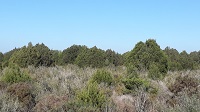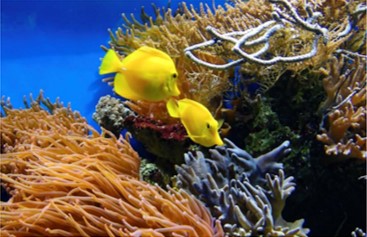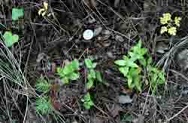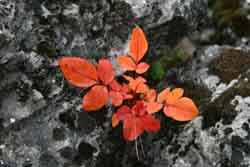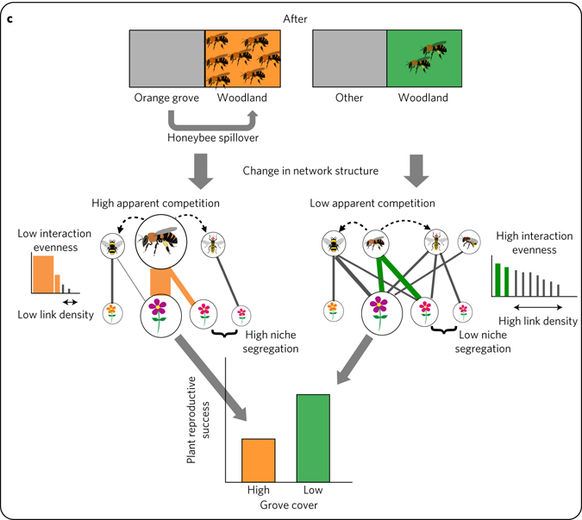
Welcome
Welcome to the official website of the Doñana Biological Station (EBD-CSIC)...

The Doñana Biological Station: EBD-CSIC
The Doñana Biological Station is a public Research Institute belonging to the Spanish Council for Scientific Research CSIC in the area of Natural Resources...

Mission
Our fundamental mission is to carry out multidisciplinary research of the highest standard directed to understanding the way in which biodiversity is generated, maintained and deteriorates, as well as the consequences of its loss...

Our methods
We apply many techniques within a multidisciplinary framework, from molecular genetics to remote sensing, and from modelling to physiological and isotopic analyses...

Monitoring the environment
Monitoring biodiversity at the Doñana Natural Space cover a wide range of communities, including both terrestrial and aquatic organisms...

Aims
Our aims include the study of the ecological and evolutionary processes by combining field work, mathematical and statistical models and physiological and genetic analysis...
 Outstanding
Outstanding
-
 Plant-animal interactions in a scenario of rapid population expansion of a Mediterranean juniper
Plant-animal interactions in a scenario of rapid population expansion of a Mediterranean juniper -
 Less abundant animal and plant species gather in ghettos in order to survive
Less abundant animal and plant species gather in ghettos in order to survive -
 Plant species abundance and phylogeny explain the structure of recruitment networks
Plant species abundance and phylogeny explain the structure of recruitment networks -
 Stochastic and deterministic effects on interactions between canopy and recruiting species in forest communities
Stochastic and deterministic effects on interactions between canopy and recruiting species in forest communities -
 Competition between honeybees y wild pollinators
Competition between honeybees y wild pollinators

 Plant-animal interactions in a scenario of rapid population expansion of a Mediterranean juniper
Plant-animal interactions in a scenario of rapid population expansion of a Mediterranean juniper